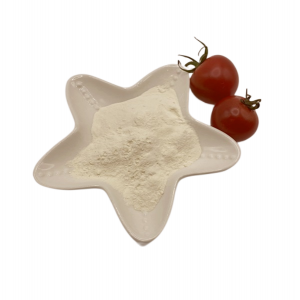Common nutrient deficiency symptoms in fruit growing include:
Nitrogen deficiency: The leaves appear yellow-green, growth is retarded, and the leaves gradually turn yellow, affecting photosynthesis and leading to poor plant growth.
Phosphorus deficiency: leaves appear dark green or purple, growth is retarded, fruit development is stunted, and root growth is restricted.
Potassium deficiency: The edges of the leaves appear scorched, and the edges of the leaves appear yellow or brown, affecting the quality and taste of the fruit.
Calcium deficiency: Fruits appear cracked and softened, and leaf edges appear scorched, affecting fruit quality and yield.
Magnesium deficiency: leaves appear yellowing, affecting photosynthesis and leading to poor plant growth.
Zinc deficiency: leaves appear yellowing and deformed, affecting photosynthesis and nutrient absorption of plants.
Iron deficiency: leaves appear yellowing, affecting the synthesis of chlorophyll, resulting in poor plant growth.
 |
Amino Acid Chelate CalciumTotal Amino Acid:25%~30% Calcium in amino acid chelate form:10% Nitrogen:10% |
 |
The above are some common symptoms of nutrient deficiency. Corresponding supplementary measures can be taken according to different symptoms, including the application of amino acid chelated calcium fertilizer and other targeted fertilizers to ensure the normal growth and development of fruit plants.
Post time: Sep-04-2024




